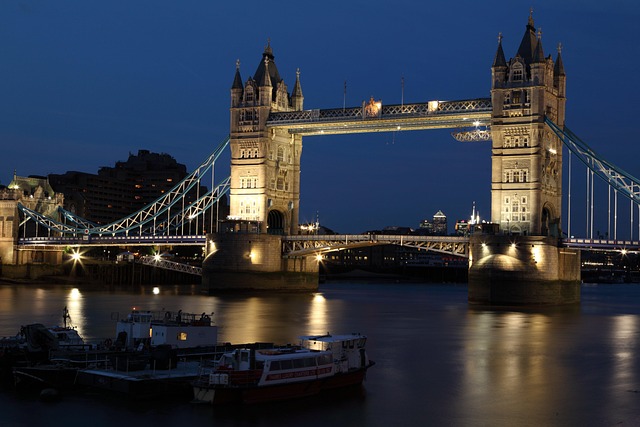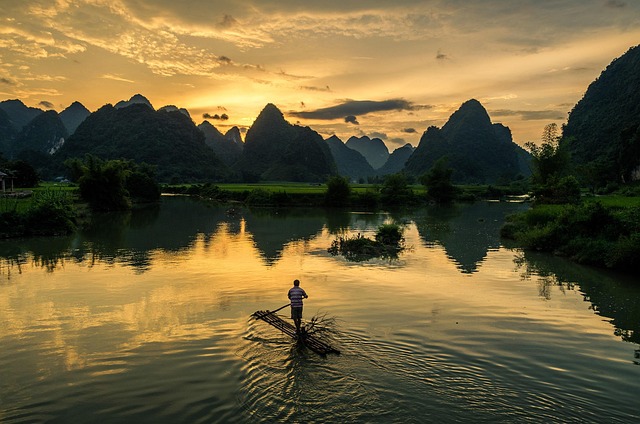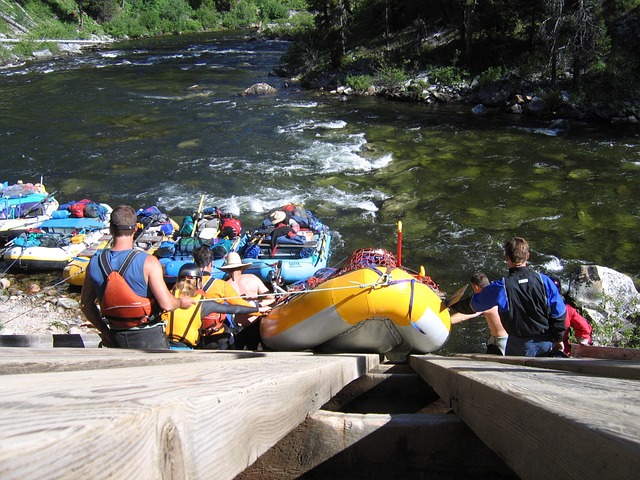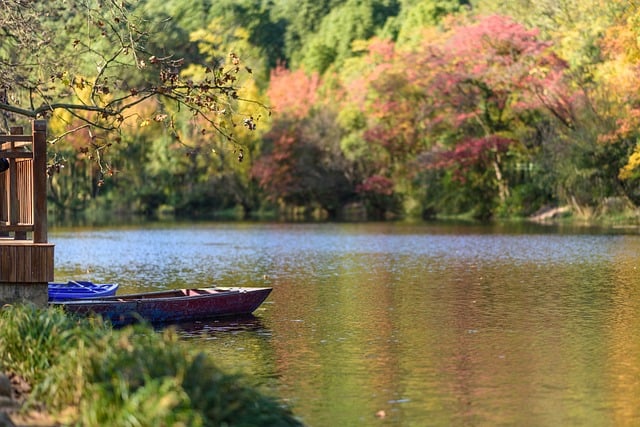Lane County is a premier destination for salmon anglers, boasting diverse rivers, lakes, and techniques to target Chinook, Coho, Sockeye, and Pink salmon. Popular spots include the Willamette River, McKenzie River, Lake Albany, and Lake Dorena, catering to both seasoned and beginner anglers. Strict regulations ensure conservation while local tours led by expert guides promote responsible practices. These efforts preserve the county's vibrant ecosystem and provide exceptional fishing experiences for all, with a focus on sustainable management.
“Discover the ultimate guide to salmon fishing in Lane County, Oregon. Explore renowned spots where you can target various Lane County salmon species, from the robust Chinook to the elusive Coho. Learn about the permitted fishing techniques and gear that will enhance your experience. Understand the comprehensive regulations in place to ensure the conservation of these prized populations. We also highlight guided tours, perfect for both seasoned anglers and newcomers seeking a memorable Lane County salmon fishing adventure.”
- Lane County Salmon Fishing Spots: Popular Rivers and Lakes
- Types of Salmon Found in Lane County Waters
- Permitted Salmon Fishing Techniques and Gear
- Understanding Lane County Salmon Fishing Regulations
- Conserving Lane County's Salmon Populations
- Guided Salmon Fishing Tours in Lane County
Lane County Salmon Fishing Spots: Popular Rivers and Lakes

Lane County offers a diverse range of salmon fishing spots that cater to both seasoned anglers and novice fishers alike. The county boasts several popular rivers, including the Willamette River, which runs through the heart of the region, providing ample opportunities for catching various species of salmon. The McKenzie River, known for its pristine waters, is another hotspot, renowned for its healthy populations of Chinook and Coho salmon. Local lakes, such as Lake Albany and Lake Dorena, are also favored destinations during the summer months when salmon migrate closer to shore.
These Lane County salmon fishing spots attract anglers from far and wide, who come to test their skills using different techniques. From drift boats on the rivers to bank fishing at lakeside, the county accommodates diverse approaches. Anglers can target popular species like Chinook, Coho, Sockeye, and Pink salmon, each with its unique characteristics and conservation considerations under the strict Lane County salmon fishing regulations. Many local tours are also available, led by experienced guides who share their knowledge of the best spots and techniques, ensuring a memorable salmon fishing experience while promoting responsible conservation practices.
Types of Salmon Found in Lane County Waters
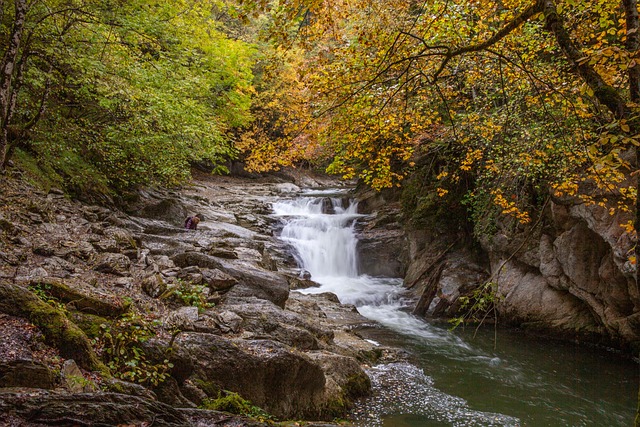
Lane County is blessed with an abundance of salmon species, making it a popular destination for anglers. Among the most common types found in local waters are Chinook, Coho, and Sockeye salmon. These fish not only attract local enthusiasts but also draw in visitors from around the globe seeking to experience the thrill of catching these magnificent creatures.
Each species has its unique characteristics and habitat preferences, offering a diverse range of fishing opportunities for both recreational and commercial fishermen. Lane County salmon fishing spots vary from rivers and streams to coastal areas, each presenting distinct challenges and techniques. Understanding the behavior and migration patterns of these fish is crucial for successful salmon fishing in Lane County, as well as ensuring the conservation and sustainability of these valuable resources through adherence to local salmon fishing regulations and the support of guided salmon fishing tours.
Permitted Salmon Fishing Techniques and Gear

When it comes to techniques and gear for salmon fishing in Lane County, anglers have a variety of options to explore. The most popular methods include spin fishing and fly fishing, each offering unique experiences tailored to different preferences and skill levels. Spin fishing is versatile and accessible, using a wide range of lures and baits to target various lane county salmon species like Chinook, Coho, and pink salmon. This technique is often favored by those new to the sport due to its simplicity and effectiveness in locating fish, especially during low light conditions.
Gear-wise, anglers can choose from different types of rods, reels, lines, and lures. In Lane County, where water conditions can vary, a combination of lightweight and medium-weight spinning gear is often recommended. Fly fishing enthusiasts, on the other hand, appreciate the art of casting dry flies or nymphs to mimic aquatic insects. This technique requires more skill but offers the chance to experience the serene beauty of Lane County’s salmon fishing spots while engaging in a traditional angling practice that promotes conservation and responsible fisheries management. Local salmon fishing tours also cater to these enthusiasts, providing guidance on the best lane county salmon fishing spots and techniques for a successful and memorable trip.
Understanding Lane County Salmon Fishing Regulations

Lane County’s salmon fishing spots are renowned for their abundance and diversity of salmon species, attracting anglers from near and far. However, understanding the local salmon fishing regulations is paramount to ensure a sustainable and enjoyable experience. These regulations govern not only the types of fish that can be caught but also the methods employed and the seasons in which fishing is permitted. Anglers should familiarize themselves with the specific rules regarding Lane County salmon species, such as Chinook, Coho, and Steelhead, each with its own unique seasonality and size restrictions.
The conservation of these precious resources is a key aspect of Lane County salmon fishing regulations. There are guidelines in place to promote responsible fishing practices, including limits on the number of fish that can be kept and certain areas designated as no-harvest zones. These measures help maintain healthy populations and preserve the natural balance of the ecosystem for future generations to enjoy. Moreover, Lane County salmon fishing tours offer a guided experience, ensuring compliance with regulations and providing insights into the region’s rich aquatic heritage.
Conserving Lane County's Salmon Populations
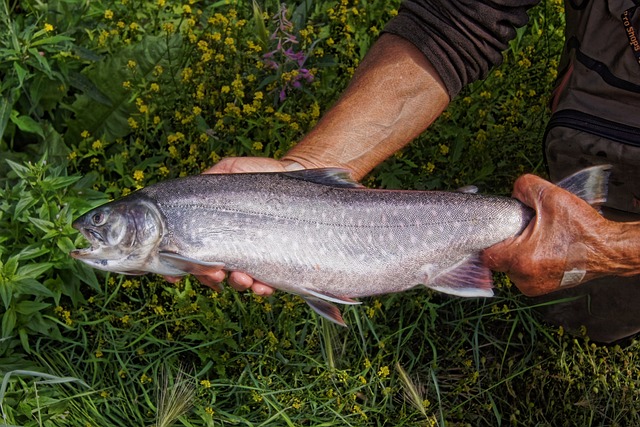
Lane County’s rich salmon fishing spots are a vital part of its natural heritage and recreational economy. To ensure the longevity of these precious resources, strict salmon fishing regulations are in place. These regulations aim to protect all Lane County salmon species, particularly during critical periods like spawning and incubation. Anglers engaging in Lane County salmon fishing techniques, such as fly-fishing or trolling, must adhere to specific rules governing seasonality, size limits, and catch-and-release policies.
Conservation efforts extend beyond regulations, with various organizations and local fisheries working collaboratively on Lane County salmon fishing tours and educational initiatives. These programs not only promote responsible fishing practices but also raise awareness about the delicate balance between human enjoyment and maintaining healthy salmon populations. By embracing these sustainable approaches, Lane County can continue to offer exceptional salmon fishing experiences while preserving its natural wonders for future generations.
Guided Salmon Fishing Tours in Lane County
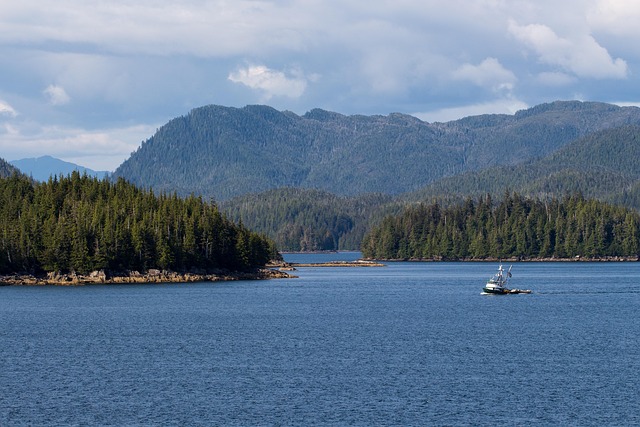
Guided Salmon Fishing Tours in Lane County offer a unique and regulated way to experience the rich salmon ecosystem. These tours are designed for anglers looking to explore some of the best Lane County salmon fishing spots while learning about local salmon species, conservation efforts, and adhering strictly to the area’s stringent regulations.
Tour guides, who are often experts in Lane County salmon fishing techniques, provide valuable insights into the best practices for catching various salmon species found in the county’s rivers and streams. They also play a crucial role in promoting responsible fishing by ensuring that all participants follow the latest Lane County salmon fishing regulations, contributing to the long-term health and conservation of these magnificent fish and their habitats.

